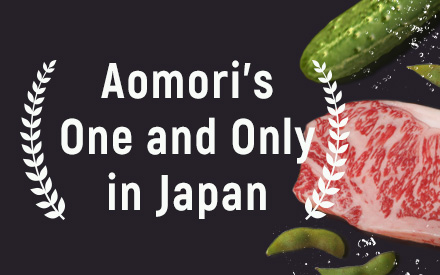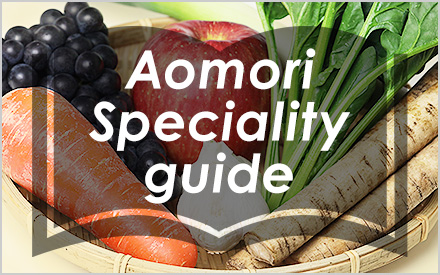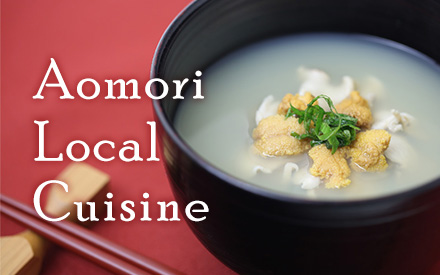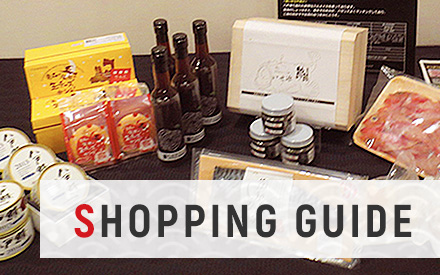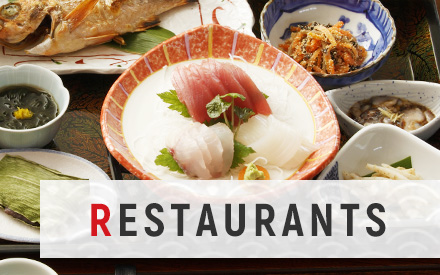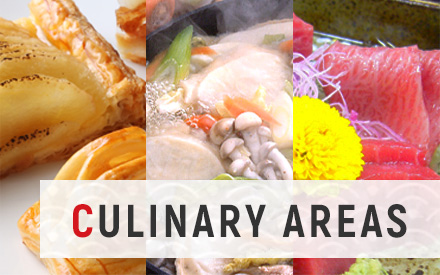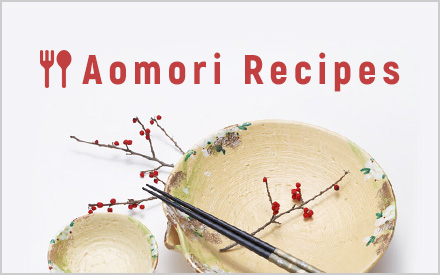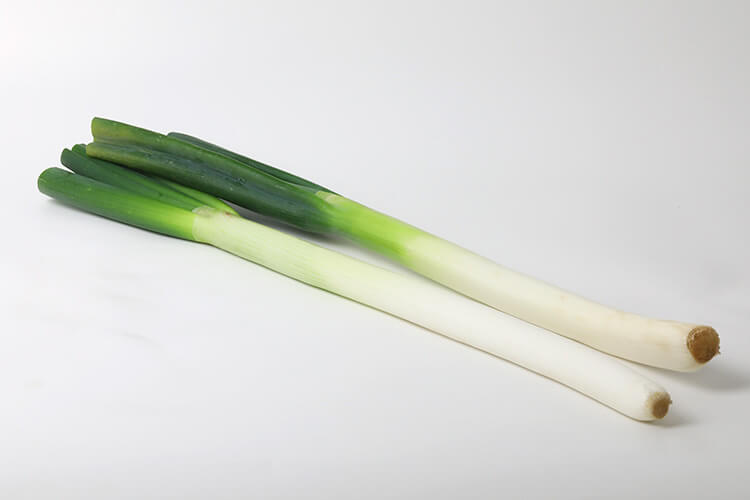
Preference in types of green onions differs depending on the region in Japan. In the Kanto region (Tokyo and surrounding prefectures), green onions with longer white parts (shironegi) are preferred, while in the Kansai region (Osaka and surrounding prefectures), those with longer green leaves (hanegi) are more popular. In Aomori, the majority of production is the former, also known as nebuka onions. They are grown covered in soil with the intent to limit sunlight in order for the white part to develop. Aomori is the largest nebuka onions’ producer in Tohoku region, and fifth in the nation during summer season (July~September).
Green onions releases its sweetness and juiciness when cooked. When eaten raw, it has a spicy flavor. The flavor comes from a substance which has warming effects, making green onions a favorite in the cold winter of Aomori, especially in nabe dishes.
In the Kennan region of Aomori, green onions are planted in rotation with nagaimo and in Tsugaru region, in rotation with rice. In recent years, farmers have seen success in hothouse cultivation as a rotation crop for tomatoes.
The town of Nanbu in Kennan region grows a traditional vegetable known as “Nanbu Futonegi.”
Distribution Season
in season
| Jan | Feb | Mar | Apr | May | Jun | Jul | Aug | Sep | Oct | Nov | Dec |
|---|---|---|---|---|---|---|---|---|---|---|---|
Nanbu Futonegi
“Nanbu Futonegi” is a type of green onion, specifically grown in the Nanbu town of Aomori prefecture. This traditional vegetable was researched by producers in Nanbu and registered as a local breed in 1964. It can grow thicker than 3 centimeters (1 in) in diameter and 1 meter (3 ft) in length. Due to the difficulty in its cultivation, it came close to extinction. Thanks to students at Nakui Agricultural High School in Nanbu, the Nanbu Futonegi has been saved. In order to preserve the traditional vegetable, the students acquired seeds from the last futonegi farmer in town and began cultivation on the school’s farm. Since then, they have been collecting seeds and continued to cultivate the traditional vegetable. Today, young farmers have joined in the effort, increasing the production acreage towards the path of revival.
At Nakui Agricultural High School, in addition to passing down seeds, students continue to research more efficient and newer cultivation methods.
Nanbu futonegi has a 1.5 times higher sugar content than common green onions, and everything from root to leaf can be consumed. The sweetness increases when cooked and they are excellent in nabe hot pots, grilled, or as tempura.
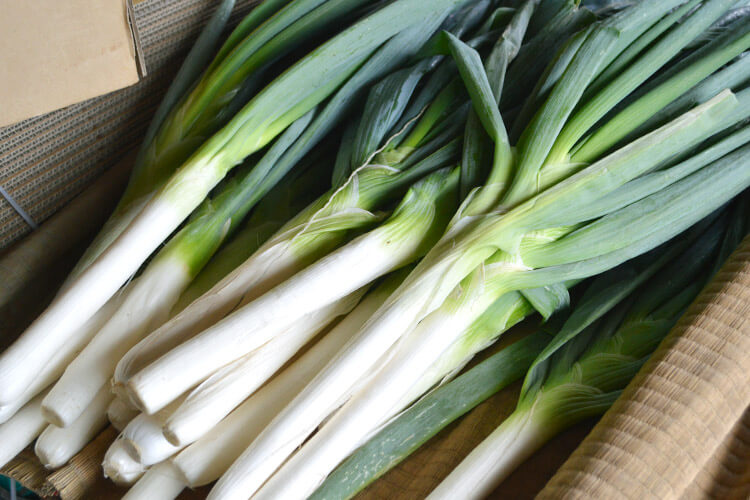
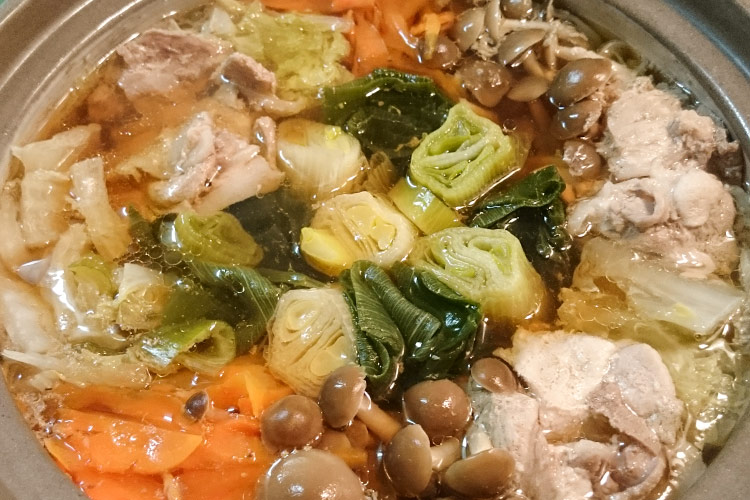
Harvest Months (Nanbu Futonegi)
distribution period
| Jan | Feb | Mar | Apr | May | Jun | Jul | Aug | Sep | Oct | Nov | Dec |
|---|---|---|---|---|---|---|---|---|---|---|---|
Find a restaurant or store
Depending on the season and weather, this product may not be available.
Local Dishes Using Green Onion
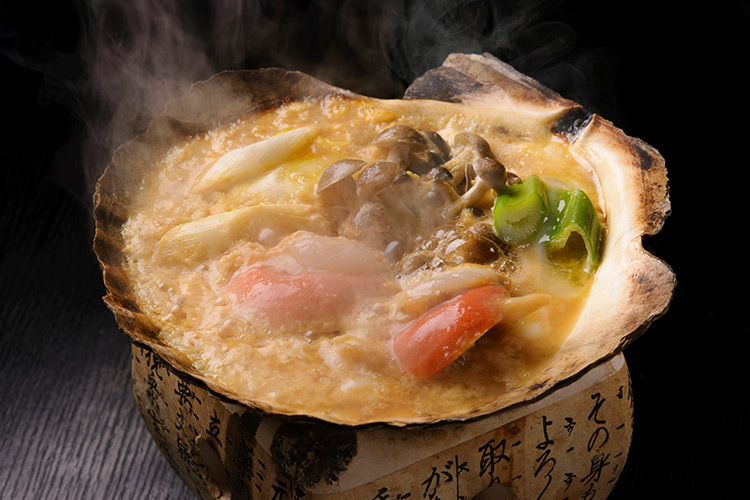
Kayaki Miso
Kayaki Miso, or grilled miso scallop, is a country-style dish in which sea scallops and eggs seasoned with dashi broth and miso are grilled together in a large scallop shell.
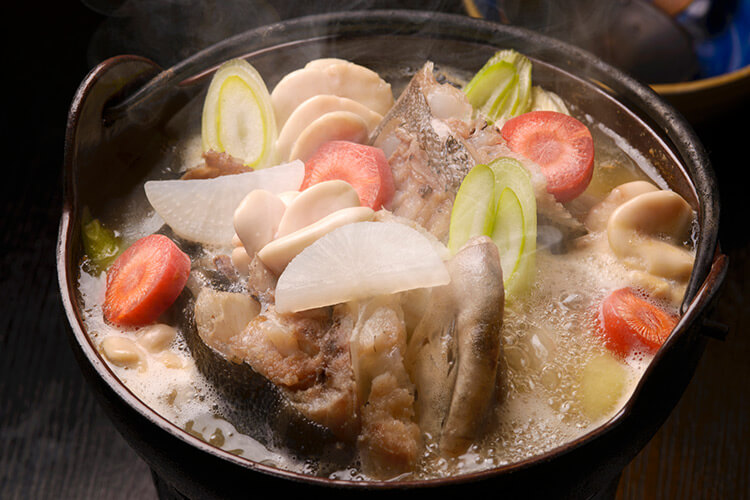
Jappajiru
Jappajiru is highly nutritious as it uses the entire fish with vegetables such as daikon and green onion. In the winter, it is an essential local dish in the Tsugaru region.
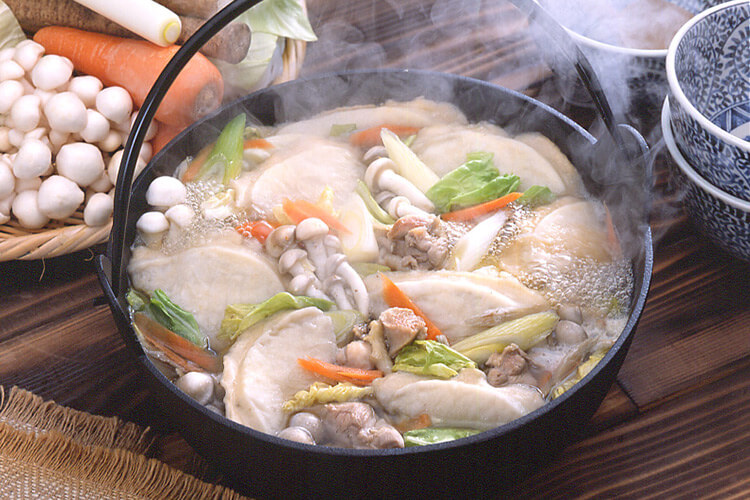
Senbei-Jiru
Senbei-jiru is a country-style dish from Hachinohe in the Nanbu region of Aomori. Wheat-flour crackers are broken into pieces and cooked in a dashi broth made from meat, fish, mushrooms, and vegetables.
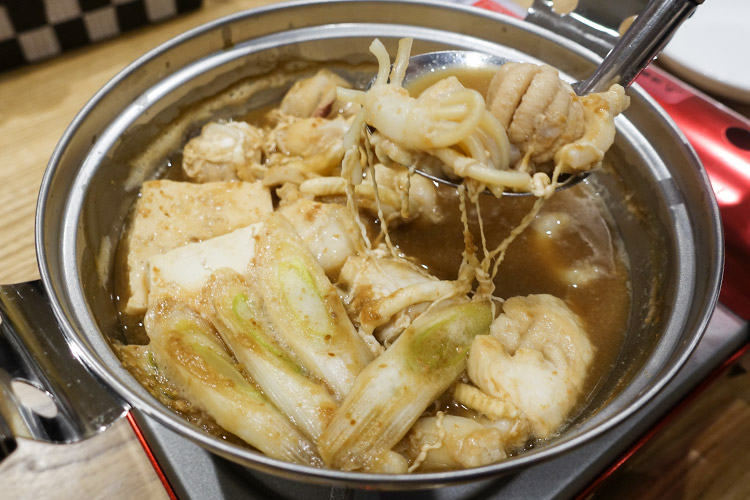
Octopus Dogu-Jiru
Octopus dogu-jiru, or octopus stew, has long been a favorite amongst fishermen. Since the head and legs of octopus are shipped out to customers, fishermen created a dish using the remaining innards.


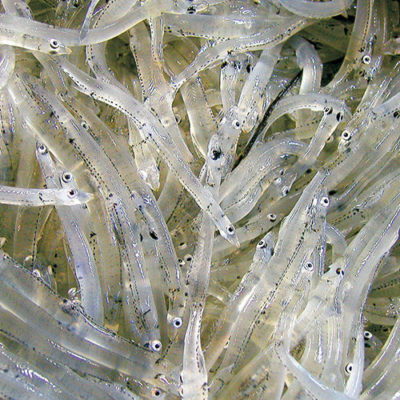 Icefish
Icefish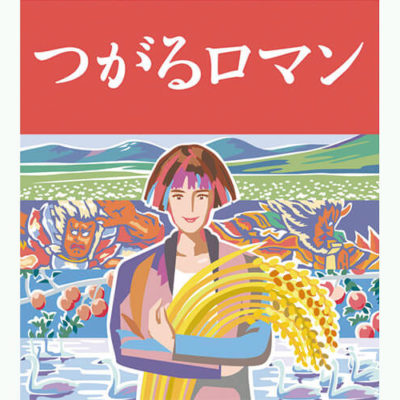 Tsugaru Roman
Tsugaru Roman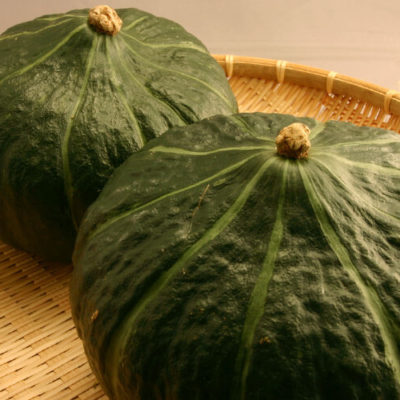 Ikkyu Nyukon Kabocha Squash
Ikkyu Nyukon Kabocha Squash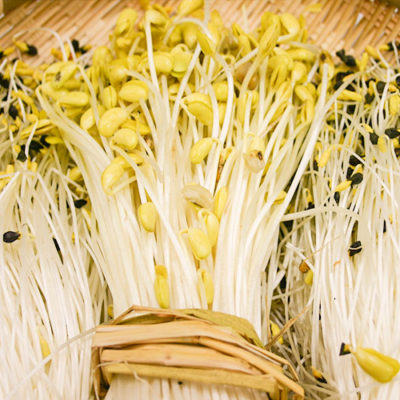 Owani Onsen Bean Sprouts
Owani Onsen Bean Sprouts
